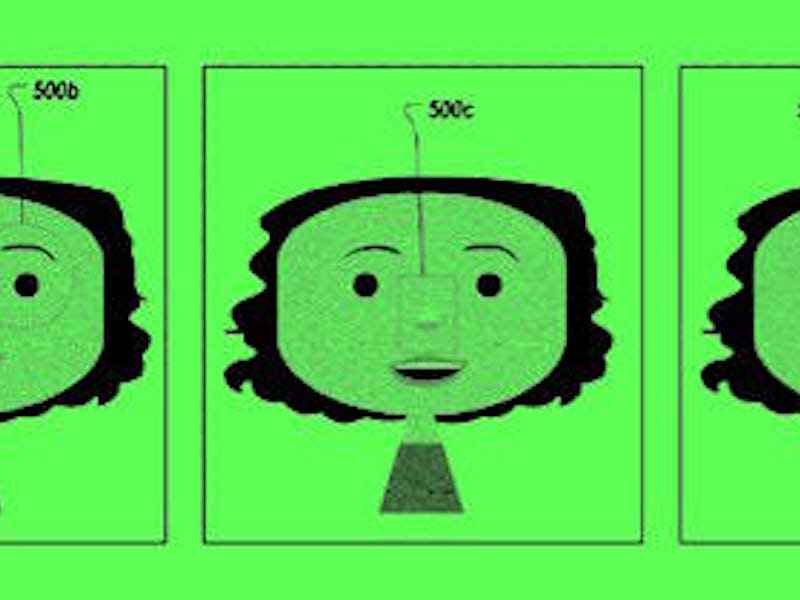One of Apple’s patent approvals, for an iOS app to create and edit avatars, should have its users thinking about virtual reality.
The patent, filed in 2011, was approved on Tuesday, and it looks like Apple differentiated it from other avatar creation software by allowing people to resize and move features around on the avatars.
The goal for the app seems to be able to make universal avatars for use across different apps, online experiences, and games. With Apple quietly working on VR, this could be used to make avatars for group virtual reality, all from one’s iPhone.
An avatar for VR is crucial for group experiences, a concept that Facebook is heavily invested in with its Oculus. Meanwhile, Apple CEO Tim Cook prefers augmented reality over virtual reality, saying, “There’s no substitute for human contact.” Apple has been working on an A.R. headset for that reason. Because let’s face it, making virtual reality less isolating is one of the technology’s biggest challenges. Avatars will help us get together.
But back to the patent. The most important passage is this (emphasis is ours):
In some implementations, the avatar editing environment can be part of a framework that is available to applications, such as address books, text messaging, chat sessions, e-mail, games or any other applications. In some implementations, one or more elements of the avatar can be animated. For example, the avatar’s eyes can be animated to track an object in a user interface or to indicate direction. In some implementations avatar data can be stored on a network so that the avatar can be used in online applications or downloaded to a variety of user devices at different user locations.
It definitely makes it seem like these avatars are meant to be shared beyond just your gaming accounts. And applying them to something like augmented reality games, or virtual reality hangouts would make some sense.
The Apple patent says that you can move all the facial features around.
The avatar editing software is designed for a touch screen, and the images in the patent show something like an iPhone that allows a person to change basically anything about the avatar.
Starting with a blank face the user can add, rescale and position different elements on the blank face, including but not limited to different eyes, ears, mouth (including teeth and smile), nose, eyebrows, hair, beard, moustache, glasses, earrings, hats, and other elements that are associated with physical characteristics of humans and fashion. The user can also change the shape of the avatar’s face, the avatar’s skin color and the color of all the elements.
In the patent, Apple writes that the software will allow a person to change basically anything about the avatar. The flexibility promised is pretty cool, especially if the goal is to be able to make realistic avatars of people. However, starting with a totally blank face that then has you add and shuffle features around sounds pretty horrifying — not to mention that the avatar’s eyes can follow you.
Yeah, the eyes can follow your mouse. Or your finger on a touchscreen.
Although the images in the patent are probably less refined than what Apple would eventually release, they are pretty similar to the avatars used by Mark Zuckerburg in the Oculus Rift group virtual reality demo in October. Apple has been secretly working on VR and A.R. for a while now, so it’s definitely possible that these avatars are part of a larger plan to take on Oculus Rift.
Here are the Rift avatars:
